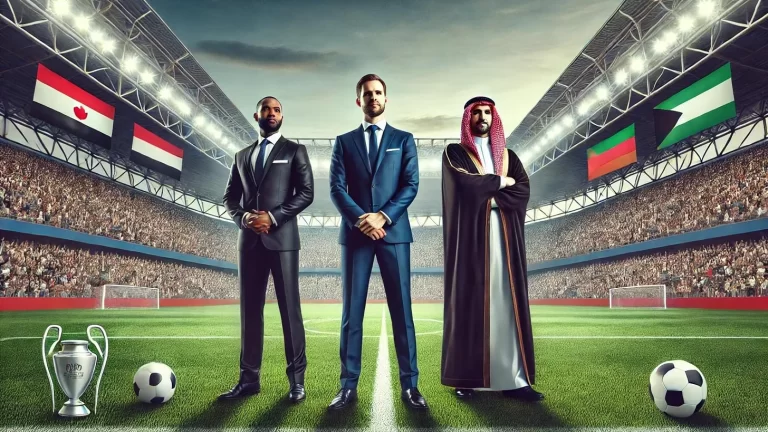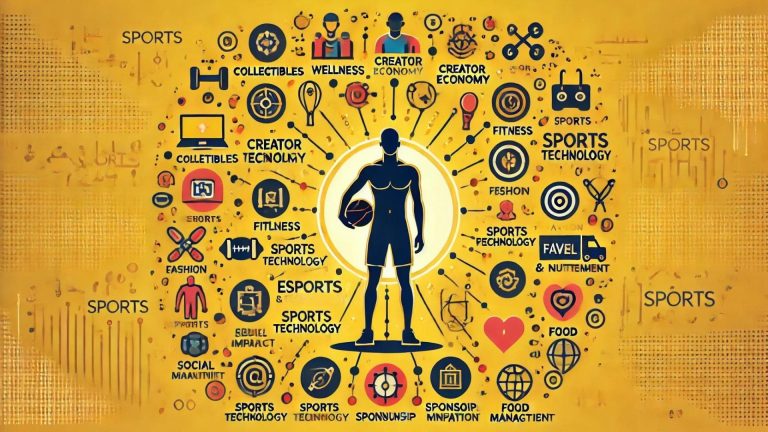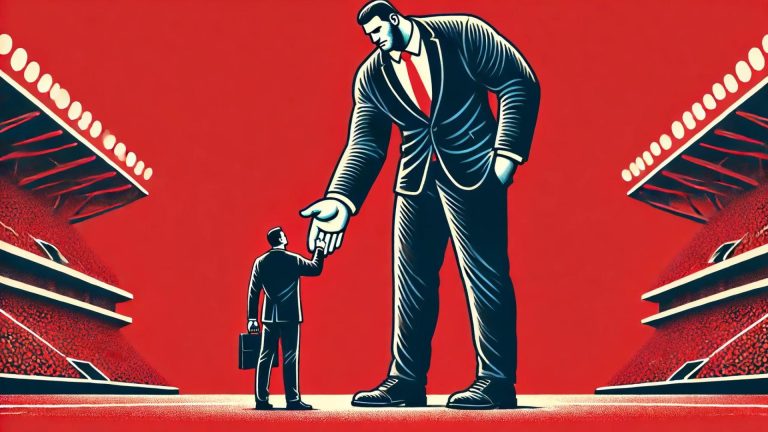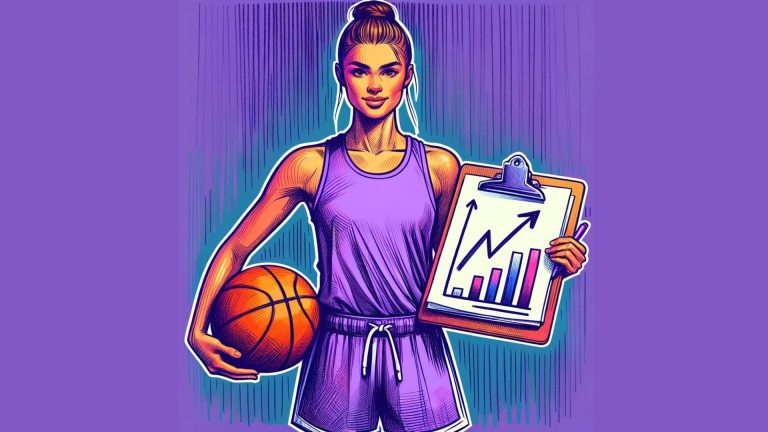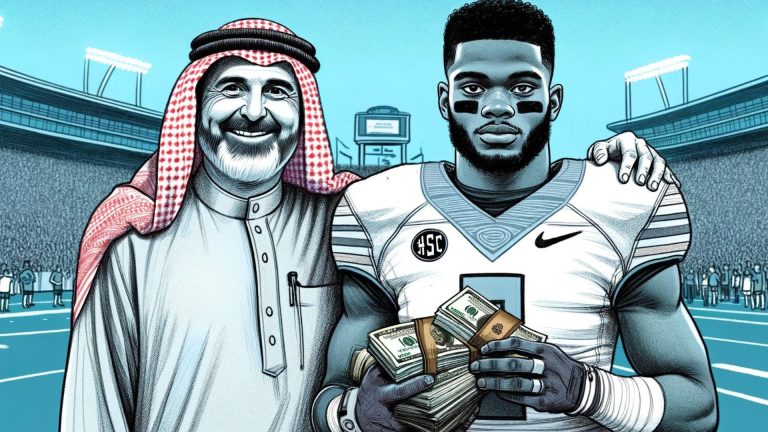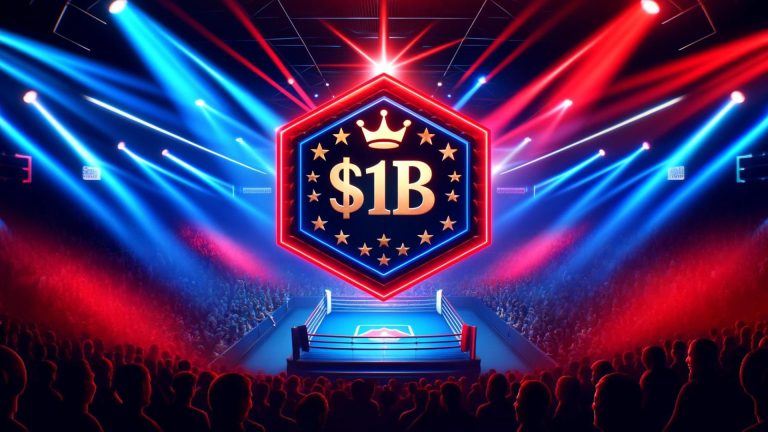Being involved in the “business of sport” can sometimes skew your perspective on the industry.
As avid readers know, I’m extremely optimistic about sports as a whole.
But this past week, I took some days off and shifted to a bearish attitude to try and answer the question of…
“Is Sports at the Top?
Even though I was supposed to be relaxing, my mind was fixated on answering this question.
Let’s Dive In 👇
Recession Proof Growth
When you look back at the history of sports…
Nothing seems to slow its growth or put it in reverse. Not the Great Recession from 2007-2009 or even the 2020 pandemic that eliminated fans at games.
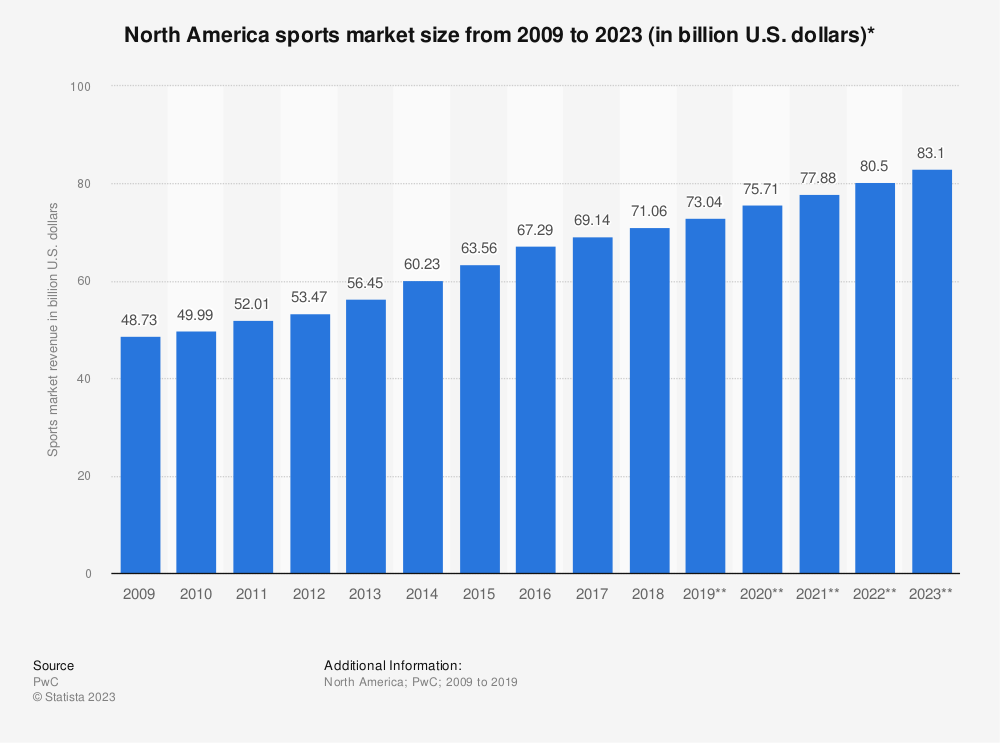
I pulled up some articles from 2008 and was amazed at what I found.
Take a look at this segment:
“With the country in the midst of the worst economic crisis since the Great Depression, most industries are struggling, most companies are cutting back and most people are losing money.
Banks too big to fail — like Lehman Brothers — have failed.
Newspapers that survived the Great Depression — like the 150-year-old Rocky Mountain News — have died.
But not sports.
The Redskins have signed Albert Haynesworth, an All-Pro defensive tackle, to a seven-year, $100 million contract that includes an NFL-record $41 million in guaranteed money.
The New York Yankees dished out $430 million in contracts for three free-agent players.
All of this at a time when the country is battling what President Obama called “an unprecedented crisis.”
Wild.
Sports Weathers Storms
The landscape has looked very similar these past two years.
Worst inflation since the 1980s, soaring interest rates, millions being laid off, and yet sports seems to be in a world of its own.
Take a look at sports franchise values since 2010:
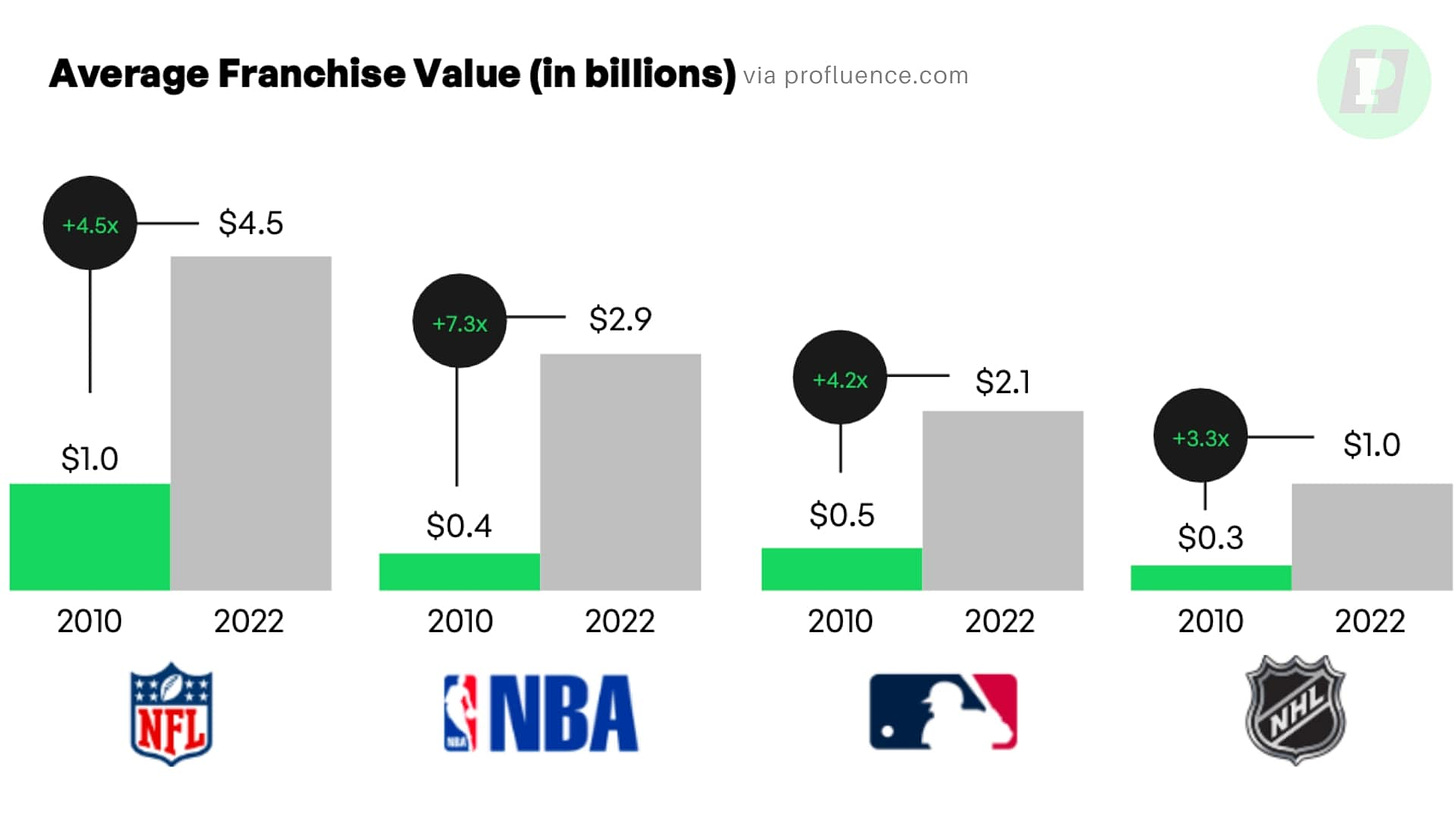
And while the Big 4 continue growing…
New sports are gaining steam in the U.S. such as:
- cricket
- fishing
- pickleball
- soccer (MLS & NWSL)
With ever-increasing media rights deals, more eyeballs thanks to smartphones, and sponsors eager to get in front of these fans — teams & leagues have inevitably continued to grow.
But that could also be a catch-22.
Fast Money Has Been Fueling Sports
The pro sports world depends on consumer spending, corporate sponsorships, and media deals to survive — all of which are vulnerable in rocky economic climates.
Questions that immediately come to mind:
- How high can media rights deals reach?
- How long is the lifecycle of sponsoring a field, stadium, jersey, etc?
- How many new industries outside of sports will continue popping up, therefore, spending on ads?
- When times get tough, when do Joe and Jane let go of their season tickets?
Look at the world of crypto and sports over the last few years…
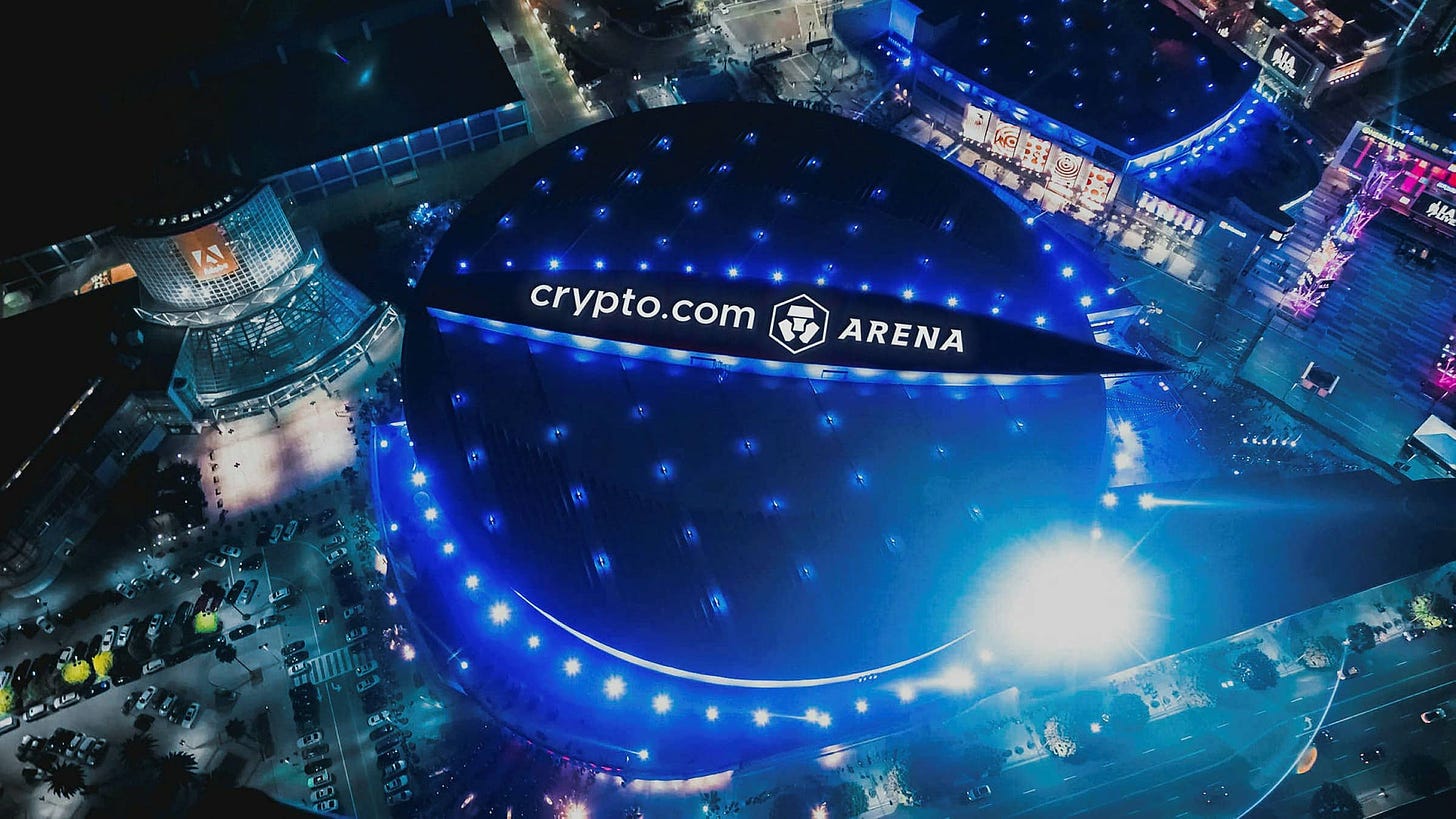
Mega companies like Coinbase, Binance, Crypto(.com), FTX, and Socios spent millions of dollars to get in front of sports fans.
This drove up costs everywhere — TV ads, stadium naming rights, jersey ads — but with that industry struggling, what industry will fill the void?
Is there a cap on how much sponsors will pay for sports placements?
Media and Private Equity
A fragmented media scene opened the door for streaming platforms and new sports/leagues.
But as the media scene matures, how much more growth is left?
To be frank, it seems like a lot…
Former owner of the Milwaukee Bucks, Marc Lasry, said sports teams are really just media companies in disguise.
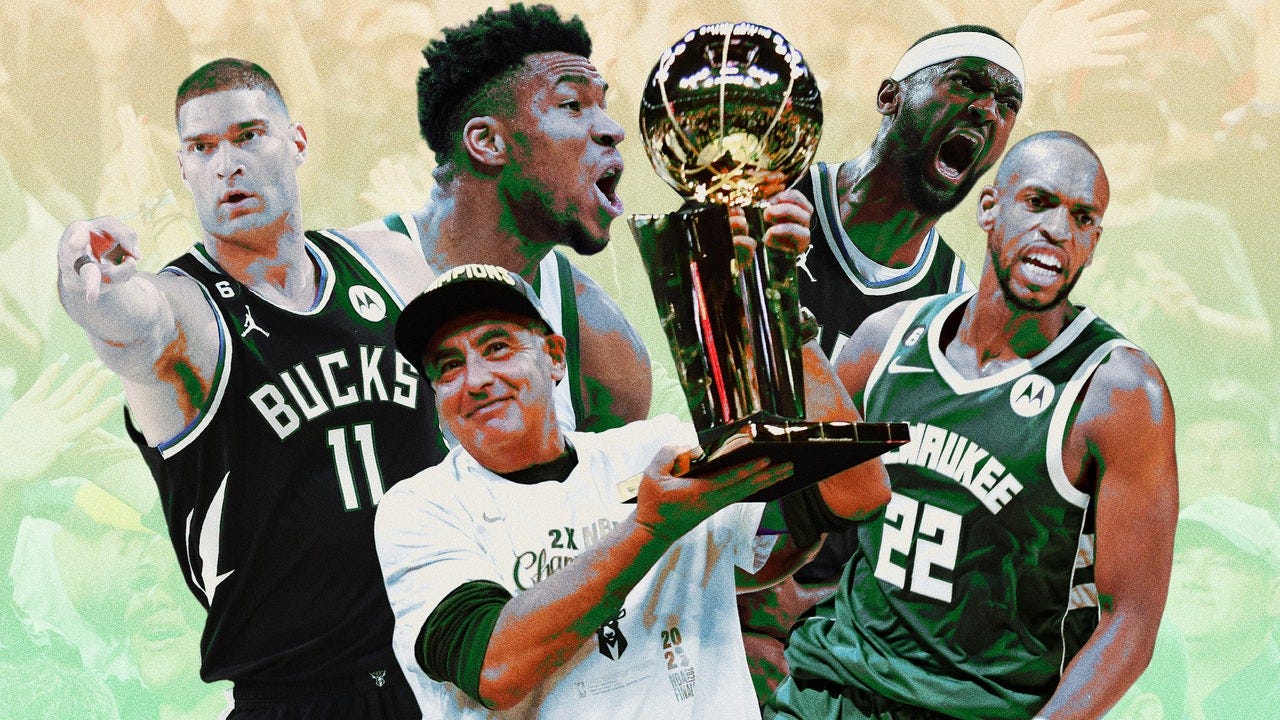
And this has made teams attractive to private equity firms, a source of capital that didn’t exist a few years ago.
But that creates a unique scenario because sports team owners used to mostly buy teams for their pleasure.
Now we have money entering sports that solely cares about increasing the value of the asset to sell for a return later.
How long until private equity squeezes all the value out of sports?

On top of all this…
The sports industry increasingly relies on a la carte spending by fans (and therefore fan engagement)
But to be honest, I’m not sure any of the questions proposed above will have an impact on sports for many years.
The Sports Powerhouse
Americans want their entertainment & sports no matter what — it’s our escape. And it feels as if this is trickling across the globe.
There’s the Military-Industrial Complex, Big Pharma, Big Food, and something to rival those.
The sports entertainment complex.
Take this example from 2008…
Citigroup was bailed out billions of dollars by the US government.
And despite a ton of pressure, they kept the naming rights to Citi Field — home of the New York Mets.
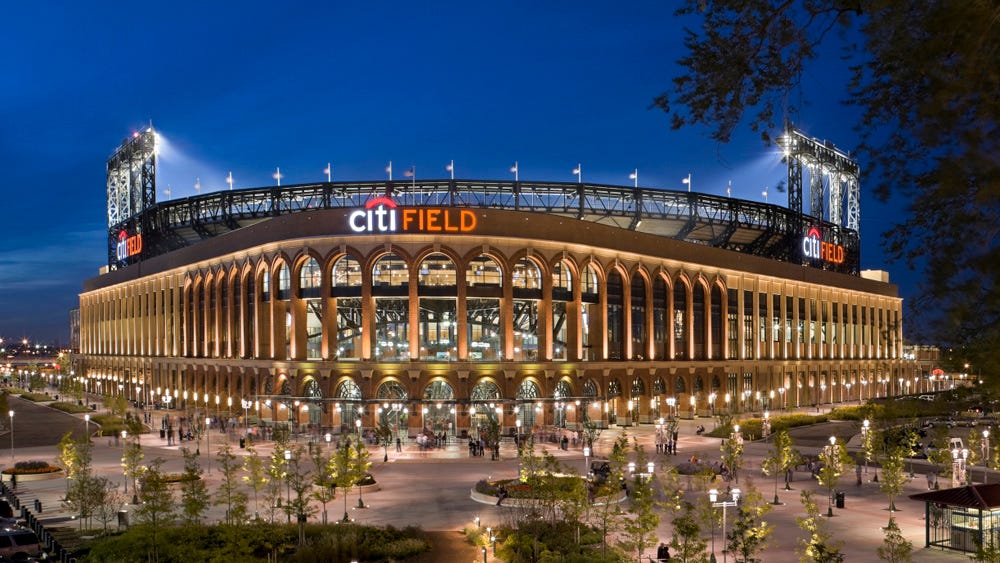
Nothing is more American than this:
- U.S. government bailing out a bank that screwed over homeowners
- taxpayers now owning the bank who kept their sponsorship of a taxpayer-built baseball stadium
The world seems to “need” sports, not just “want” sports.
Looking Ahead
I think it’s wise to always assess risk (and that’s often from a pessimistic viewpoint).
Today that has left us with the question of…
Is sports at the top?
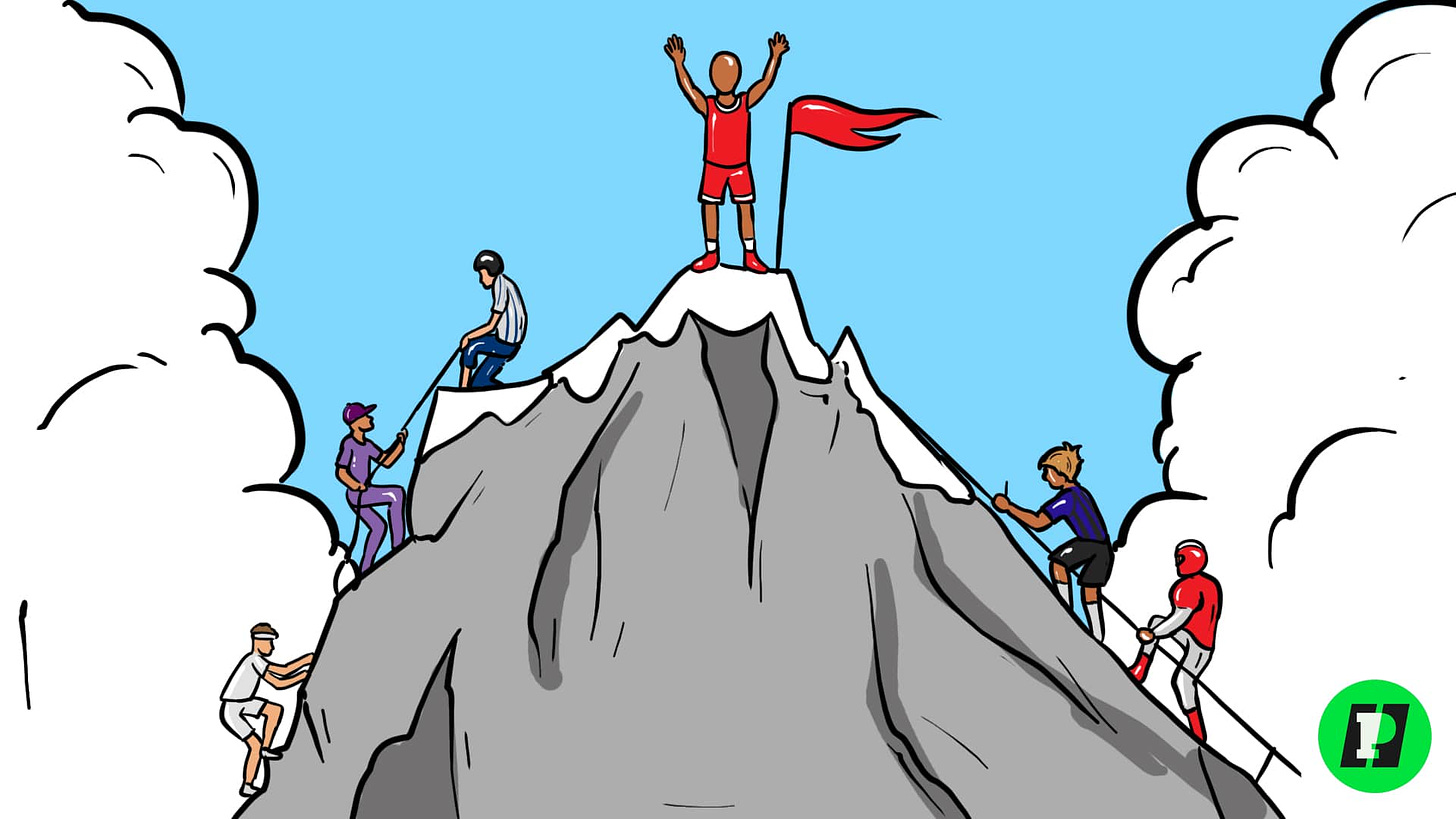
My answer…
Far from it. This article alone has a “glass half full” feel to it despite me trying to find negative angles.
And if you follow my newsletter, podcast, LinkedIn, and Twitter you get daily reasons why I think sports are just starting to hit their stride.
Exciting times are ahead.
